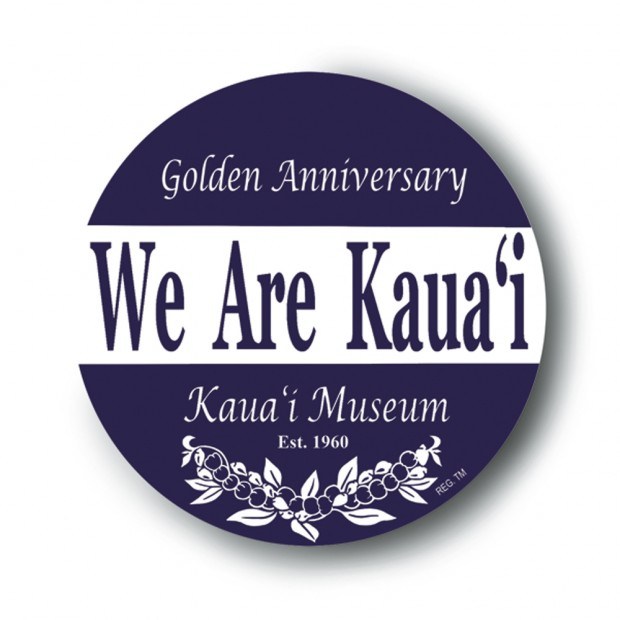We were out at Ha‘ena for Hurricane Dot in 1959. There was quite a large group at my mother’s house — mostly mothers and small children who opted to come to Ha‘ena from Hanalei because the house was tucked behind
We were out at Ha‘ena for Hurricane Dot in 1959. There was quite a large group at my mother’s house — mostly mothers and small children who opted to come to Ha‘ena from Hanalei because the house was tucked behind some large trees and was above the road and well out of the way of any Tsunami we had had so far. This was a smart move on their part, because mother’s house had no damages at all.
I had my boat in Hanalei bay anchored off the pier, and I was quite concerned for its safety. I asked Bob Weir what to do in a hurricane and he told me to put down two anchors: one where the wind would be blowing and the other about 20 to 30 yards to the left of the normal wind direction, then tie the two lines together to form one main line attached to the boat. He also said to give the anchors enough scope to dig into the sand. When all this was done, he said to turn the tiller into the direction of the wind so that the boat would head into the wind and tie it securely so it would not loosen.
While all this was going on, Mr. Cox of Hanalei took his sail boat out to sea and headed south until he was clear of the island, then turned east. When the storm had passed us, he sailed into Nawiliwili unharmed.
I then went back to Ha‘ena and waited. It was late afternoon when the storm hit, and I didn’t think it was more than a Category 1 storm because there was such minor damage at Ha‘ena. The next morning I went over to Hanalei to check on the boat. I met Henry Gomez at the pier and he told me that at the height of the storm, he saw waves breaking into the boat and he thought it would sink.
I swam out to the boat to check and found quite a bit of water in the boat. I tasted the water and it was sweet; there was no salt water, only rainwater that came with the storm. Everything else was ship-shape, so I started up the water pump and pumped it dry.
Later we learned that over at ‘Oma‘o, a chicken farm had been completely blown away and any chickens you could catch you could keep. Evidently the eye of the storm passed right over the middle of the island, but at Hanalei and Ha‘ena, the mountains pushed the storm out to sea. The chicken farm has never been rebuilt. The Po‘ipu area suffered some water damage but nothing major, just a lot of cars bathed in salt water.
Two days after the storm, my brother-in-law, Richard Sloggett Jr., and I took the boat out trolling as far as Hanakapi‘ai. On the way from Ha‘ena to Hanakapi‘ai, we saw about 60 waterfalls still pumping fresh water off the hills. We caught a couple of good sized ‘ono, and when we cleaned them we found that their stomachs were completely empty. When we got back to Kipu, I found that several Norfolk pines, which had been stripped to within fifteen feet of the top, now had their heads snapped off.
Within a couple of months, you could see little sprigs of new growth, and today you have to be sharp-eyed to find which ones were damaged. We now have enjoyed about 20 years of calm summers waiting and watching the eastern Pacific for new hurricanes.


